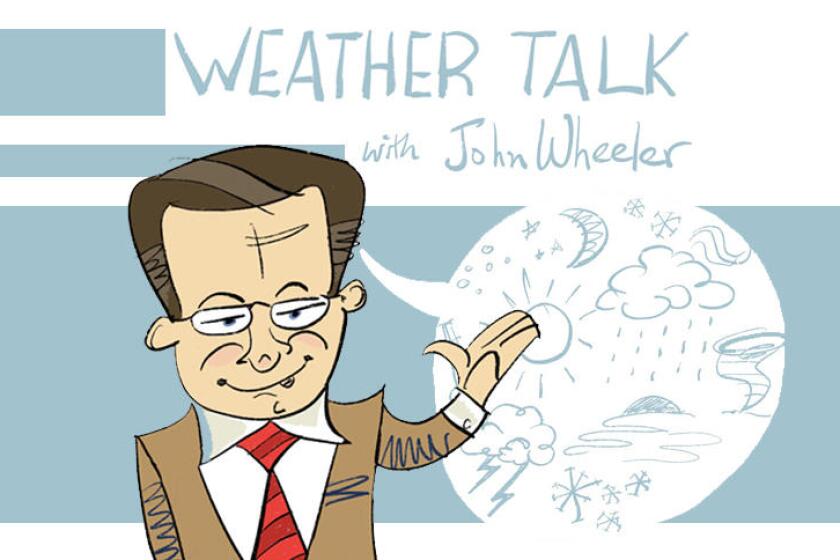FARGO — All successful graduates in chemistry, physics, and meteorology have studied the Clausius-Clapeyron equation, which shows that the mathematical relationship between air temperature and water vapor pressure is not a straight line, but one with an upward curve as air temperature increases. This matters to weather forecasting because it shows that as air is warmed, the amount of water vapor air can hold increases even more. For a three degree Fahrenheit increase in temperature, there is a 10% increase in the amount of water vapor that air can potentially contain.
This relates to summer rainfall patterns. When the weather is hot, it does not always rain; but when it does rain in summer, it can rain a lot. Likewise, the Clausius-Clapeyron relationship shows that, as our climate warms, both drought and flood can become more common. A warmer Earth is drier when it's dry and wetter when it's wet. Essentially, as our atmosphere warms, when it rains, it pours.









